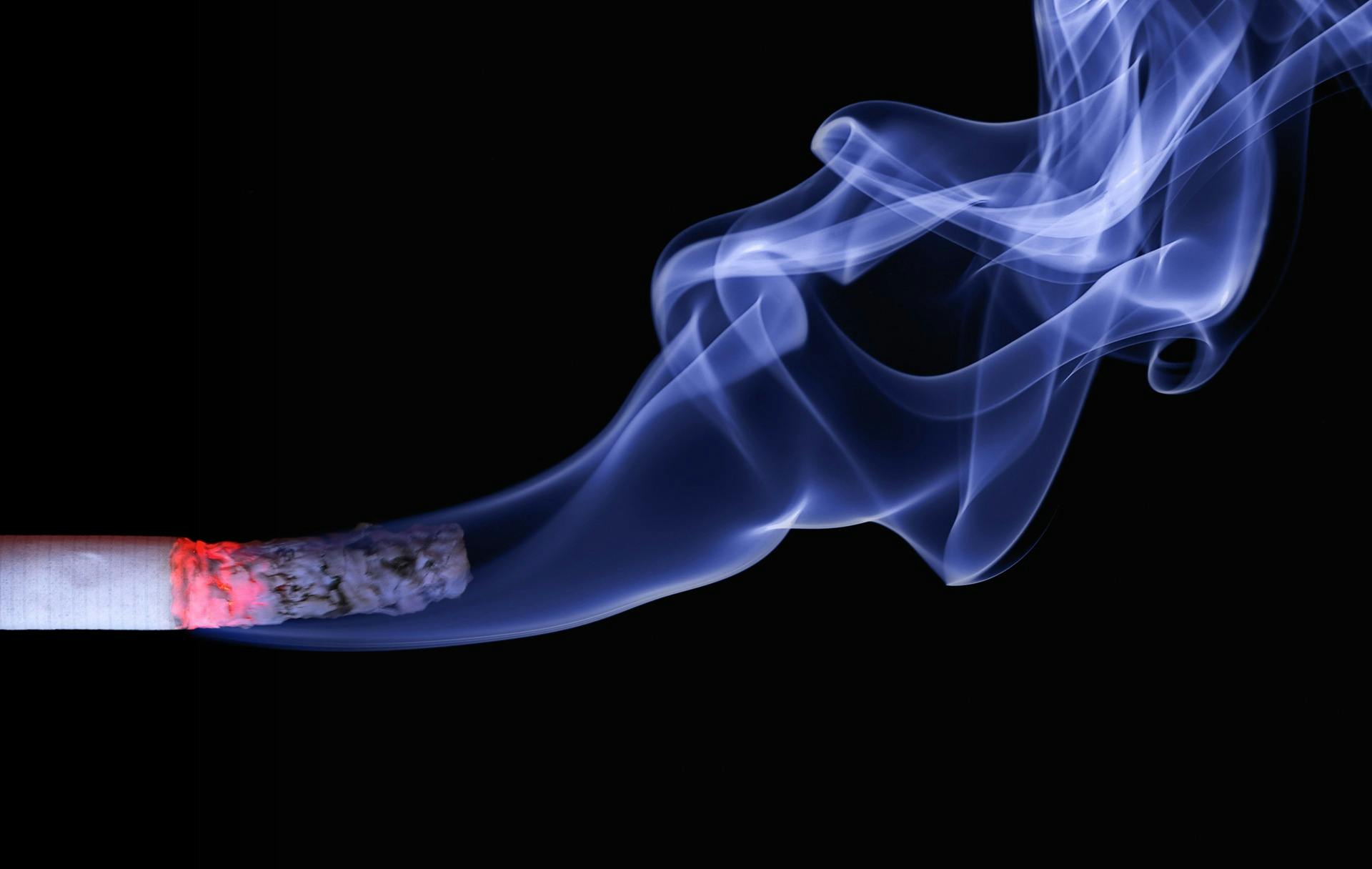Text by Jennifer Manongdo
Photo by HPP-NIH

The Philippines introduced tobacco tax reforms through the Republic Act 10351 or the Sin Tax Reform Law in 2012, earning recognition from the World Health Organization as a global leader in implementing demand reduction measures. A few years later, the Graphic Health Warnings Law took full effect, mandating that cigarette packs prominently display photos depicting the harmful effects of smoking.
So why do many Filipinos, especially the youth, continue to consume harmful tobacco products?
Tobacco companies have found ways to stay ahead by implementing creative marketing to promote their products to unknowing consumers.
The 2019 Global Youth Tobacco Survey (GYTS) revealed that 25% of Filipino students aged 13-15 have tried e-cigarettes (also known as vapes) and 14% currently use them. The study found teens are drawn to vapes because of their appealing image, enticing flavors, and the instant rush of pleasure that they bring, despite each puff delivering a load of deadly chemicals.
“Now, this is alarming, specifically because tobacco products shouldn’t even be available to students or youth in the first place because of age restrictions,” said John Rafael Y. Arda, Project Coordinator of the Ateneo School of Government, in a webinar on June 11, 2025 titled, “Unmasking the Appeal: Exposing Industry Tactics on Tobacco and Nicotine Products” organized by the Health Promotion Program of the National Institutes of Health (HPP-NIH).

Social Novelty
The reasons go deeper for young patrons of tobacco products. A survey by the Ateneo School of Government revealed that the thrill of social novelty or encountering something unfamiliar is driving them to go to stores to purchase more of these products.
“When asked about why they use it, or why they find it nice to use them in the first place, they mentioned reasons such as social novelty and pleasure factors…social being that cigarettes or other tobacco products are seen as a recreational device that they can share with peers,” Arda explained.
Apparently, tobacco products are successful in sending messages to the kids: that using these trendy products makes them part of the “cool crowd.” Colorful packaging also makes a difference in pushing products off the shelves. Colors are known to influence consumer behavior by associating products with the ideas of fun and freedom.
Compliance Problems
The government has approved two important measures to curb tobacco use: RA 10643, the Graphic Health Warnings Law, and the Department of Health Administrative Order 2021-0051, which sets the guidelines for implementing Graphic Health Warnings on Heated Tobacco Products and similar products. However, the 2023 study by the Ateneo School of Government revealed that only 5.5% complied with existing regulations.
Effective Enforcement
The research pointed out a significant gap in enforcement as a key barrier in industry compliance with the existing laws, a finding echoed by a similar study from the advocacy group Action for Economic Reforms (AER).
Pia Rodrigo, AER advocacy and communications officer, discussed the economic burden of smoking, which costs the country ₱749.6 billion annually in healthcare expenses and lost productivity. In contrast, the tobacco industry generates ₱453.3 billion in revenue, with only ₱134.9 billion collected in taxes. Cigarettes sold illegally cost as little as P20 per pack, keeping smoking affordable versus P120 per pack for legal brands.
“The key is to strengthen coordination between BIR and BOC, law enforcement agencies, local government agencies, and local government units to better enforce the law regarding excise tax on cigarettes,” she said.
She also emphasized the need to pursue collaboration with international counterparts, as most illicit tobacco products come from Indonesia and Malaysia.
Rodrigo also warned against the Sin Tax Sabotage Bill (HB 11360) which aims to reduce the annual tobacco tax increase from 5% to alternating 2 to 4%, undermining tax effectiveness. This will encourage more cigarette consumption, at least two million new smokers, and reduce revenue collection.
Tobacco interference
Eager to stay ahead of government regulations, tobacco companies disguise their true motives by aligning themselves with public health campaigns, creating the illusion of support for lawmakers and the well-being of Filipinos.
One of their favorite tactics is getting involved in policy development. Ironically, tobacco companies often secure seats in tobacco control task forces or committees, where they submit position papers that dilute public health measures aimed at fighting the harmful effects of tobacco. “They also conduct corporate social responsibility activities to influence the perception of the public and the media and project the tobacco industry as a good citizen,” Atty. Benedict Nisperos, legal consultant of HealthJustice Philippines, said.
Department of Health Assistant Secretary Gloria Balboa emphasized the need for the government to confront the tobacco industry’s interference and manipulation tactics to save Filipinos from the dangers of smoking. She highlighted the importance of stricter enforcement of laws against the tobacco trade and pushed for higher taxes on tobacco products, stating, “higher prices mean fewer users.”#

#FP9 #DiscoveryandResearch